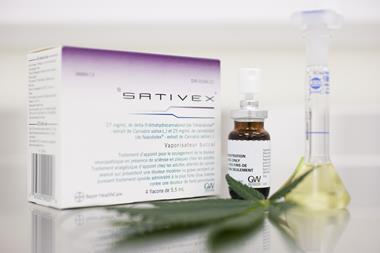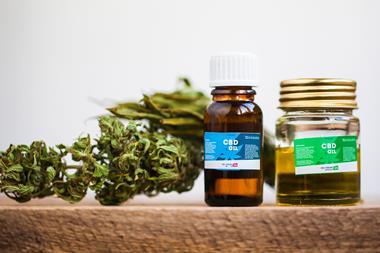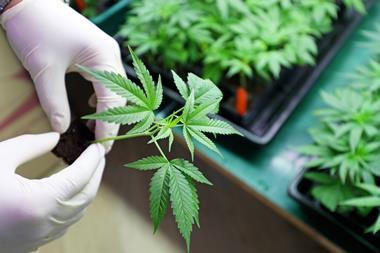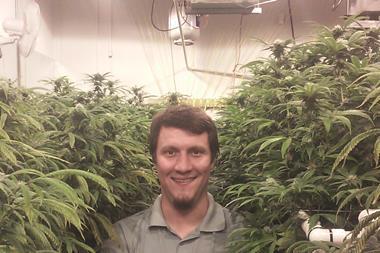Recent safety incidents at US cannabis cultivation facilities have caused concern at the American Chemical Society’s (ACS) autumn meeting. ‘I have a level of professional and personal concern about this new-born industry – while marijuana has been around a long time, at the industrial production level it is an infant,’ stated Neal Langerman, a safety consultant and founder of Advanced Chemical Safety in California, during a session of the 256th American Chemical Society meeting in Boston, US on 20 August.
In July, there were reports that 16 employees at a large cannabis cultivation facility, Copperstate Farms, in Arizona sought emergency medical attention following a spill of the commercial greenhouse cleaner Strip-It. The Occupational Safety and Health Administration has now inspected the facility and sanctions could follow.
Earlier this month, there was also an explosion at the Arizona Development Services cannabis facility that was caused by ‘improperly stored hazardous materials’, according to the Casa Grande Dispatch.
‘These were not home-grown idiots,’ remarked Langerman, a corporate liaison to the ACS’s committee on chemical safety. ‘These were industry sites.’ He also referred to an assessment by Colorado researchers that found that there was ‘an imminent need to establish formal health and safety training to implement best practices’ across the cannabis industry.
Andrew Pham, the new chairman of the ACS’s cannabis chemistry subdivision, also expressed concern that the safety aspects of the rapidly expanding legal cannabis are being ‘pushed aside’. ‘What are the real repercussions, and are there any real dangers to public safety that we have to consider with cannabis being legalised?’ asked Pham, who is scientific director at BelCosta Labs, a cannabis testing lab in California.
Since recreational marijuana was legalised in California in November 2016, there has been a ‘huge increase’ in the number of arrests for driving under the influence (DUI) of that drug, according to Pham. ‘This is near and dear to my heart,’ he said, having testified as an expert witness in more than 20 such DUI cases in San Diego County, mostly for the public defender’s office.
In the US, there is a legal limit for blood alcohol when driving a car but there isn’t an equivalent for cannabis. ‘There is no breathalyser for THC [the psychoactive compound in cannabis],’ Pham said. The closest thing is a blood test, which is typically administered about two hours after a suspect is arrested. This is problematic because these tests are for THC and its metabolites, but a person’s THC blood level generally peaks quickly after consumption and then drops rapidly within 20 minutes.
Since THC is lipophilic, it is distributed into fatty tissues rather than staying in the bloodstream. Therefore, if two people take an identical amount of cannabis the person with a higher BMI will have less THC in their bloodstream than someone with a lower BMI. This makes it particularly challenging to develop a sensible law to prevent people from driving after taking cannabis. ‘I like to science my way out of most problems, but this is one that is really difficult to do,’ Pham said.
Pham suggested that possible solutions to achieve a limit for cannabis intoxication that’s comparable to alcohol include establishing clear legal THC limits, field-testing a device to measure levels of the drug, as well as validating a sobriety test for THC intoxication.

















No comments yet